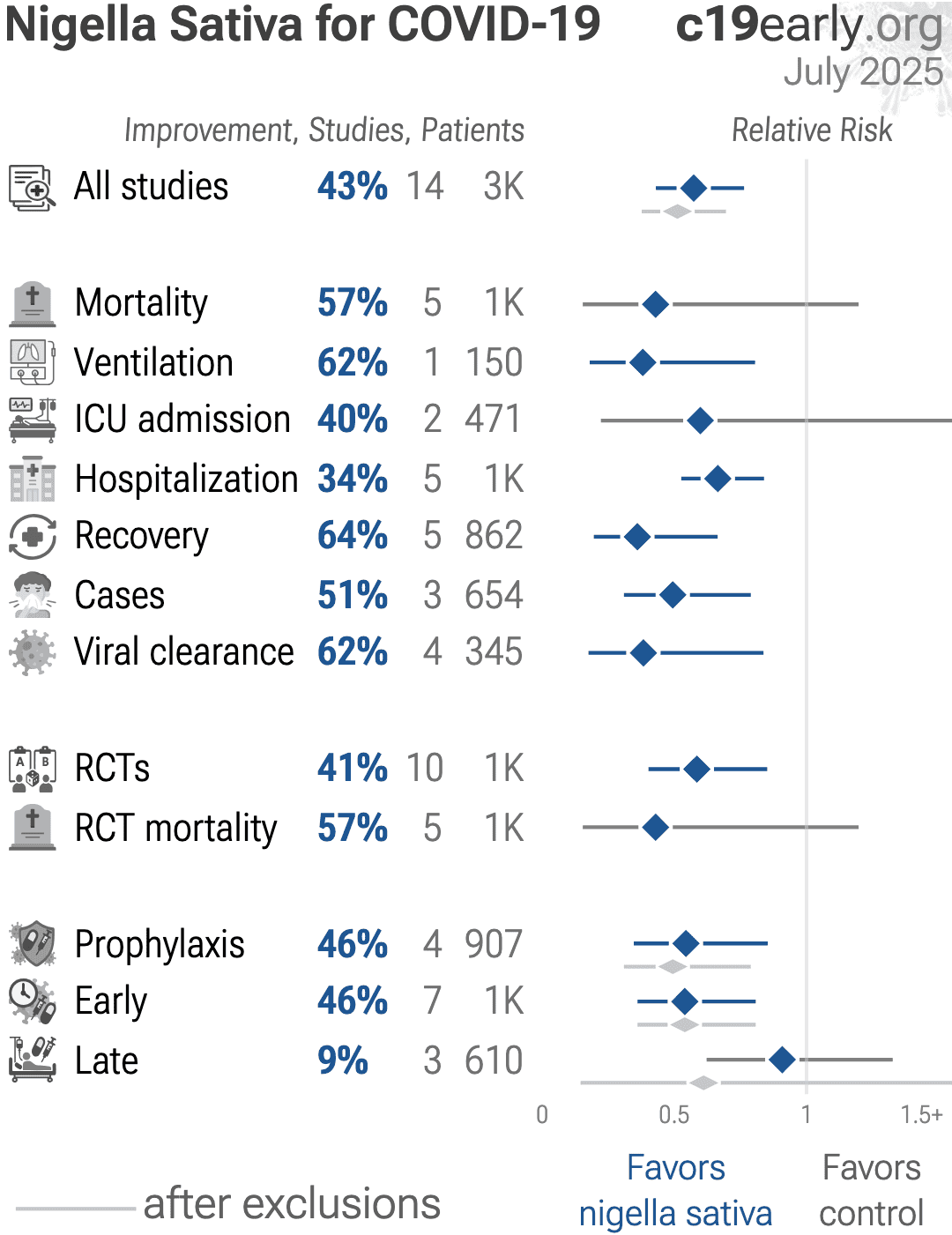Easter, the paramount feast of the Christian liturgical calendar, celebrates the resurrection of Jesus Christ. Yet, the question arises: how is the date of Easter determined? This inquiry opens a door to the rich tapestry of Christian theology, history, and tradition. Understanding the methodologies behind the selection of Easter’s date not only informs adherents but also uncovers the intricate relationship between astronomy, history, and faith.
At its core, the observance of Easter is dynamic, dictated by a composite of lunar and solar cycles. The Council of Nicaea in 325 AD formulized a foundational principle that continues to guide the determination of Easter’s date. It established that Easter is celebrated on the first Sunday after the first full moon occurring on or after the vernal equinox, which falls around March 21. This meticulous approach embodies a fascinating blend of religious significance and astronomical science, intertwining the life of Christ with the rhythms of nature.
The Gregorian calendar, implemented by Pope Gregory XIII in 1582, harmonized the solar and lunar years more effectively than its predecessor, the Julian calendar. The Julian calendar lagged behind, leading to a drift in the alignment of the seasons with the feasts of the Church. Thus, under the Gregorian reform, the ecclesiastical approximation of the March equinox was retained as a fixed date, even though the actual date may vary slightly. Consequently, the formula established a pattern where Easter can be celebrated as early as March 22 and as late as April 25.
This calendrical conundrum does not merely represent an academic exercise; it symbolizes the Church’s embrace of the natural world, reflecting how creation itself testifies to the resurrection of Christ. The full moon resonates through Christian symbolism, reminiscent of Christ as the ‘Light of the World.’ The alignment of the date with the lunar cycle ties the resurrection event to themes of rebirth—a notion echoed throughout both Judaism and Christianity. Just as winter yields to spring, believers celebrate the triumph of life over death through the resurrection.
Furthermore, considerations of Easter’s timing extend beyond mere calculations. The profound connection to the Jewish Passover, which is also rooted in a lunisolar calendar, amplifies its theological significance. The Last Supper, traditionally believed to have been a Passover meal, intricately links Jesus’ sacrifice with the deliverance of the Israelites from Egyptian bondage. Thus, the date of Easter not only marks a historical event; it signifies a continuity of covenantal faithfulness throughout the divine narrative.
The complexities of ecclesiastical history add layers to the date’s determination. Different Christian denominations occasionally disagree on the observance of Easter. Western Christians—the majority of who use the Gregorian calendar—celebrate Easter at a different time than Eastern Orthodox Christians, who adhere to the Julian calendar. In essence, the variations illuminate the richness of Christian tradition while also showcasing an enduring quest for unity within the Church, underscoring humanity’s shared yearning for an encounter with the divine.
Moreover, the celebration of Easter is preceded by Lent, a season of reflection, penitence, and preparation that spans 40 days, not including Sundays. Lent serves as a contemplative journey toward Easter Sunday. It invites believers to engage deeply with scripture, prayer, and self-examination. The anticipation builds as the community prepares to commemorate the resurrection with solemnity and joy. This element of preparation speaks to the human experience of yearning and hope, echoing throughout the annals of Christian theology.
As one considers the consequences of Easter’s date and the intricacies within its determination, it is imperative to explore how this observance impacts the Christian community. The profound act of gathering to celebrate the resurrection evokes a sense of belonging that transcends individualism. Each year, families, churches, and communities unite in worship, cultivating a powerful shared experience that amplifies belief in the resurrection and fosters deeper relationships among believers.
Interestingly, the date of Easter thus serves as more than an isolated moment in the liturgical calendar. It encapsulates a wider metaphysical and communal engagement—one that bridges temporal and spiritual realms. The joyous proclamation, “He is risen!” reverberates not only through church halls but resonates deeply in believers’ hearts. This dramatic declaration transcends mere words; it is a catalyst for hope amidst a world often characterized by despair.
In summary, the determination of Easter’s date is an exquisite amalgamation of historical, astronomical, and theological dimensions. Rooted in tradition yet dynamically relevant, the process invites believers to reflect upon their faith and the natural cycles of life. The interweaving of lunar rhythms, the legacy of the Passover, and the communal aspect of worship converge harmoniously to form an abiding significance that nurtures the spirit and reinforces the bonds of the Christian community. Easter, therefore, is not merely a date on the calendar; it stands as an annual reminder of the resurrection’s transformative power, continuously renewing the believers’ hope in Christ’s victory over death.



